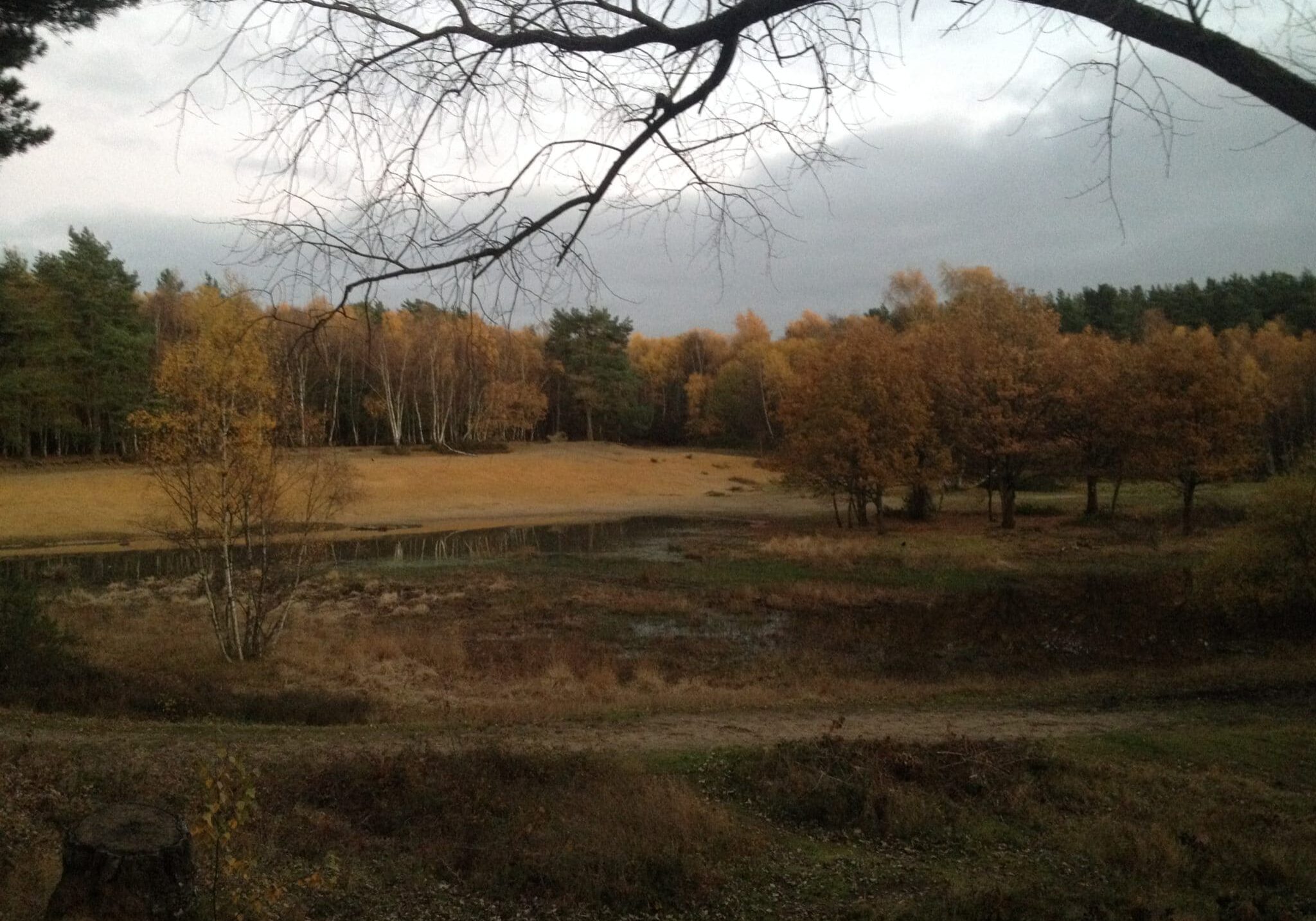At Stonehenge the society’s claim to a right to roam on open country was thwarted, but decades later, legislation gave us the same right on some commons.
The Law of Property Act 1925 gave the public the right to walk and ride on some commons (section 193) and protected many from encroachment and development (section 194). Lawrence Chubb called these two sections ‘the coping stones of the edifice which it has taken the society over 60 years to build’.
Section 193 (drafted by the society) gave the public legal access for ‘air and exercise’ to all commons in the Metropolitan Police District (roughly the area of the former Greater London Council), to urban commons and to rural commons where the owner had made a deed of access.
To help landowners dedicate access, the society prepared model forms and deeds. Under pressure from the society the Crown Estate set an example in 1932 by granting access to its 104 square miles of rural commons in Wales.


Section 194 prevented the enclosure of common land without ministerial consent and gave local authorities powers to enforce against unlawful encroachments on commons. In February 1928 Woking Urban District Council in Surrey lost a case of enforcement concerning a shed on Horsell Common, scene of the Martian landing in H G Wells’s War of the Worlds. The judge considered that the status of that part of the common was not clear. This case highlighted the difficulty of operating section 194 without maps of commons. The society urged the Ministry of Agriculture to undertake a survey but it was not until the Commons Registration Act 1965 that records were established.
Stonehenge Shenanigans
When Shaw-Lefevre was head of the Office of Works after winning the Ancient Monuments Act 1882, he tried to persuade Sir Edmund Antrobus, the owner of the land on which Stonehenge stood, to place the monument under the Act’s protection. There had been many complaints in the press of damage to the stones ‘by visitors or tramps’. Antrobus refused, denying any injury.
He died in 1899 and his son put up a substantial and unsightly barbed-wire fence around the monument, allegedly to protect it from military damage, and charged visitors one shilling to enter. The people of Salisbury and further afield objected and the society raised money to take the matter to court. The Attorney General agreed to adopt the suit, with Shaw-Lefevre, Professor Flinders Petrie (the Egyptologist) and Sir John Brunner (Liberal MP and industrialist) as relators.
The case came before Mr Justice Farwell who, unfortunately, ruled in 1905 that the public could not acquire a right to roam (ius spatiandi) through prescription, ie by roaming for a long period. He went on to say that most of the tracks through Stonehenge were not public rights of way. The Attorney General and the relators lost the case and it cost the society £4,000. Now the National Trust owns the land and English Heritage the stones.
